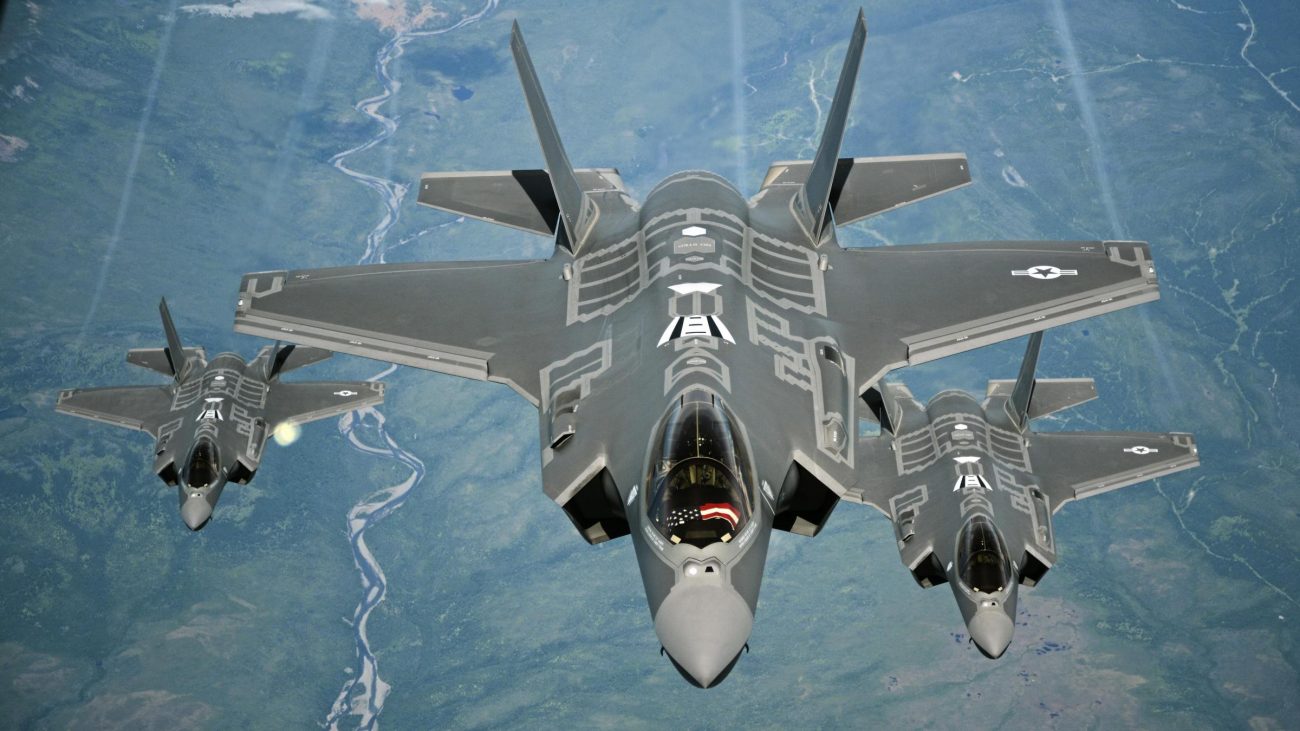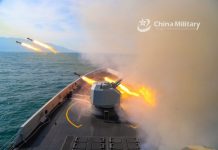In December 2021, the US Air Force (USAF) Chief General CQ Brown expressed grave concern about the high operational costs of its F-35 Lightning II. Less than a year later, manufacturer Lockheed Martin has revealed that the costs have come down by half in the last seven years.
Lockheed Martin has already delivered more than 825 F-35s to the armed forces of 15 different countries, and the defense contractor anticipates the figure to nearly double over the next five years.
However, one lingering issue with this decades-old program has been its sustainment.
Earlier, General Brown had stated that if the cost of maintaining the F-35 is not reduced, the Air Force will either have to fly them less frequently, saving them just for “high-end missions,” or purchase fewer. The costs, however, have seen a downward trend in the last seven years.
The F-35 program officials recently revealed that the cost per flying hour for the F-35, across all users, has decreased by 50% in the past seven years and should decrease by another 35% in the next five years.
They also stated that performance-based logistics is currently in the works to reduce operational costs further.

According to a Government Accountability Office report, it cost the Air Force in 2020 about $7.8 million to fly one of its F-35As, nearly double the service’s $4.1 million goal.
The cost of operating one of the Navy’s F-35Cs, the aircraft carrier variant, was $9.9 million, exceeding the $7.5 million target. That year, the price was $9.1 million for a single Marine Corps F-35B, the short-takeoff-and-vertical-landing variant.
In fiscal 2021, the F-35’s all-inclusive cost per tail per year was $4.1 million for the Air Force’s F-35 A model, $6.8 million for the F-35B short takeoff vertical landing variant, and $7.5 million for the F-35C model with carrier capability, Air Force Magazine reported.
This is noteworthy as the NGAD will already cost the service hundreds of billions of dollars.
Audrey Brady, vice president of Lockheed Martin’s F-35 sustainment division, said that the cost savings—which only pertain to “the things that we at Lockheed control” – result from various factors. She was speaking to reporters at the company’s Arlington, Virginia office.
Audrey explained that some cost savings are related to Lockheed Martin’s “at its own risk” involvement in long-term contracts with suppliers of parts and materials to obtain reasonable volumes and lower prices. Some involve reducing the “waiting time” for a repair by at least eight hours, while others involve process or material advancements, reduced component costs, quicker part repairs, and shorter cure periods for low-observable materials.
End To The F-35 Woes, Logistical Contract Soon!
Lawmakers, government auditors, and watchdog organizations have criticized the F-35 program for its high sustainment costs and operational challenges.
The GAO report from July 2021 cautioned that the annual cost overruns for the entire military could reach $6 billion by 2036 if the F-35 program does not contain costs as more fighters take off.
The report lamented that the difference between what the services anticipated paying and what they are spending on F-35 operations was significant and rising. This had been an overriding concern as the F-35s have essentially been listed as the cornerstone of the USAF and iterated more recently in its 4+1 plan.
In a streamed interview with the American Enterprise Institute on August 29, Air Force Chief of Staff Gen. Brown stated that operating costs for the F-35 are “something we are concerned about” and that the initial estimates, made early in the two-decade-old program, had been “probably a bit optimistic.”
However, amid mounting criticism, Lockheed Martin has managed to reduce costs primarily by riding on the economies of scale, said Lockheed’s vice president.
The US Department of Defense (DoD) agreed with Lockheed Martin Corp on July 18 to build about 375 F-35 fighter jets over three years. The agreement comes amid expectations that the price of the most common aircraft variant, the F-35A, would increase due to inflation and slower production.
The F-35A was $221 million per unit when it entered final series production in 2007. Since then, as more nations joined the program, manufacturing volumes and technological advancements have helped to drive down the cost of the stealthy fifth-generation fighter to $79 million per aircraft, as earlier noted by EurAsian Times.
The plan is to reduce the sustainment costs by 37% over the next five-year period. To that end, a logistics contract with the Pentagon is currently in the works.
Since 2019, Lockheed Martin has regularly suggested a performance-based logistics contract for the F-35, claiming that it will save costs for the government, enable quicker repairs, and lead to better spare component availability.

The Pentagon has shown optimism while politicians have voiced caution. The 2022 National Defense Authorization Act limited the department’s ability to enter into a performance-based logistics contract for the F-35, necessitating that the Pentagon first demonstrate that the deal would result in either lower costs or better performance than the existing contract, which covers 2021–2023.
Officials from Lockheed stated that the corporation is still interested in working with the US Defense Department on a performance-based logistics contract and that they hope to have a limited agreement in place by the start of 2024.
Requests for Proposals (RFPs) for a performance-based logistics contract covering only supply support and demand reduction, as well as a companion contract for other components like additional support and services now covered by the annual sustainment contracts, were sent to Lockheed Martin in November.
That performance-based logistics contract would last from 2024-2028. It could be in place if all goes well by January 1, 2024.
- Contact the author at sakshi.tiwari9555@gmail.com
- Follow EurAsian Times on Google News




